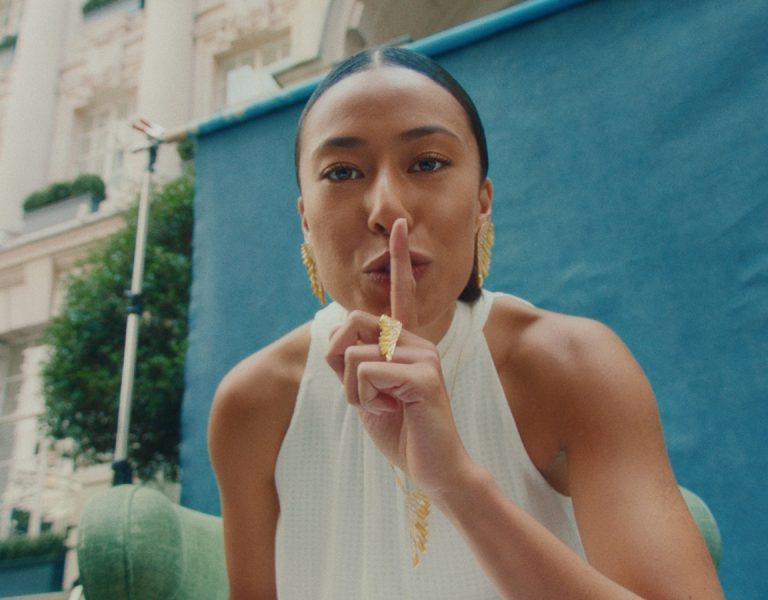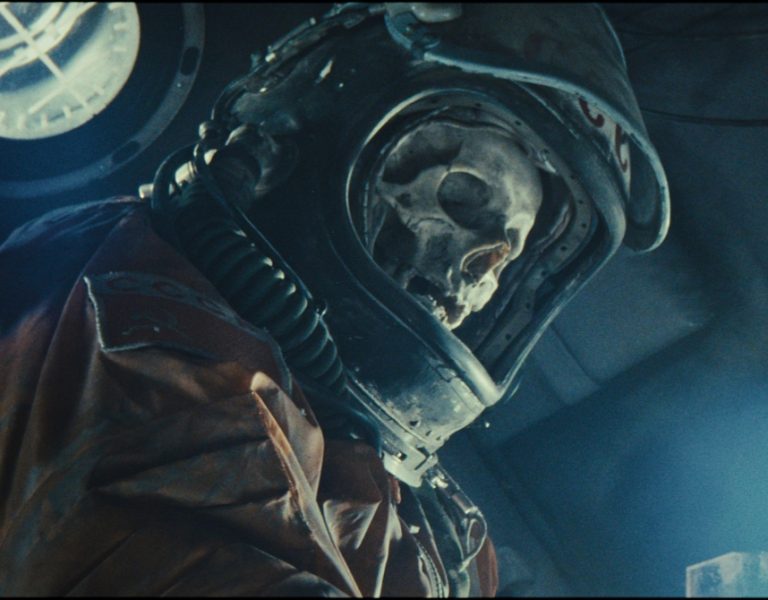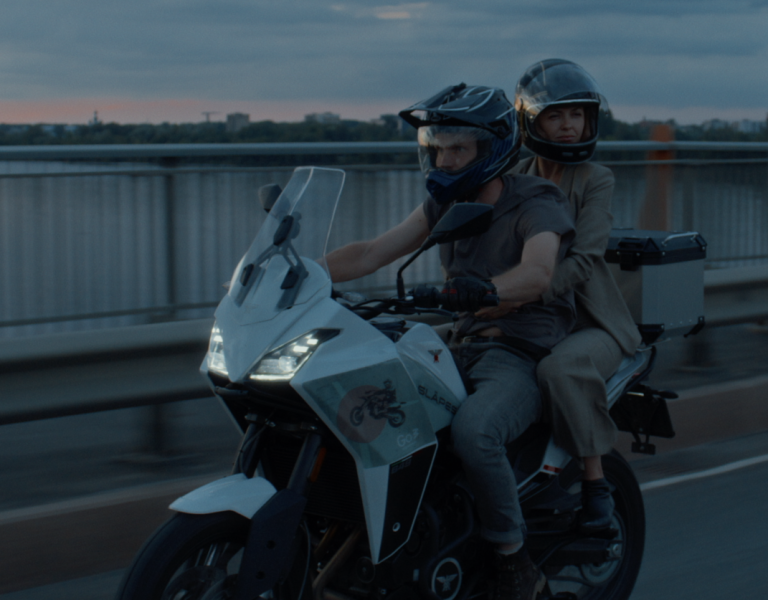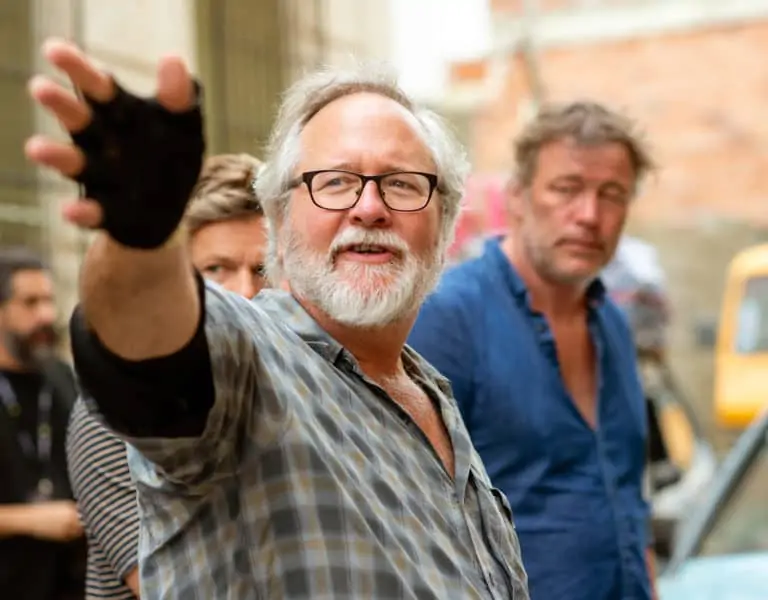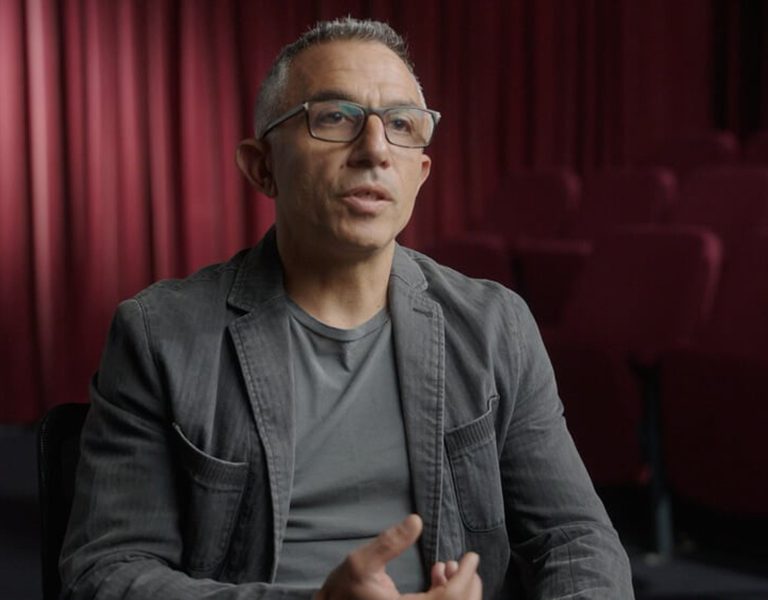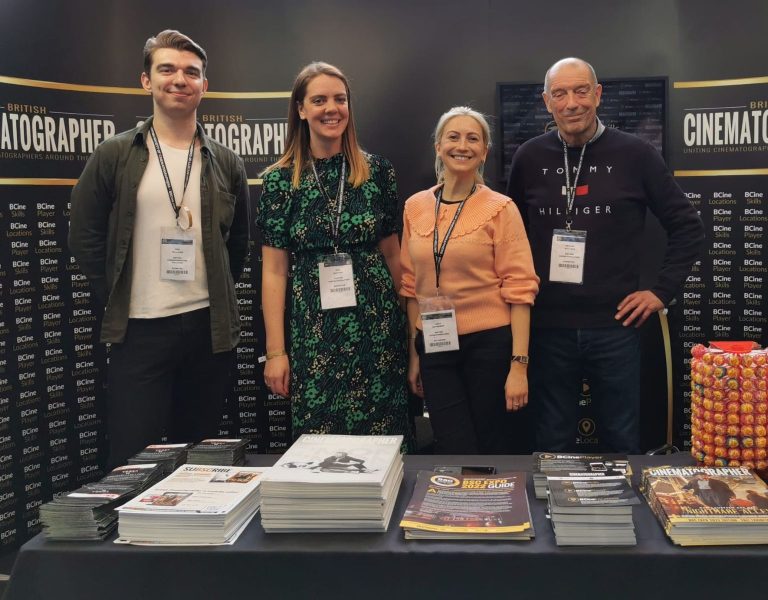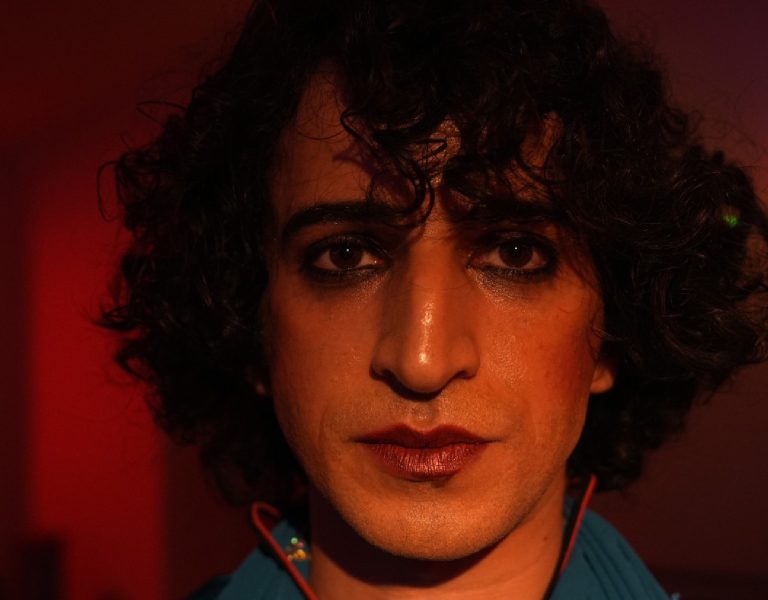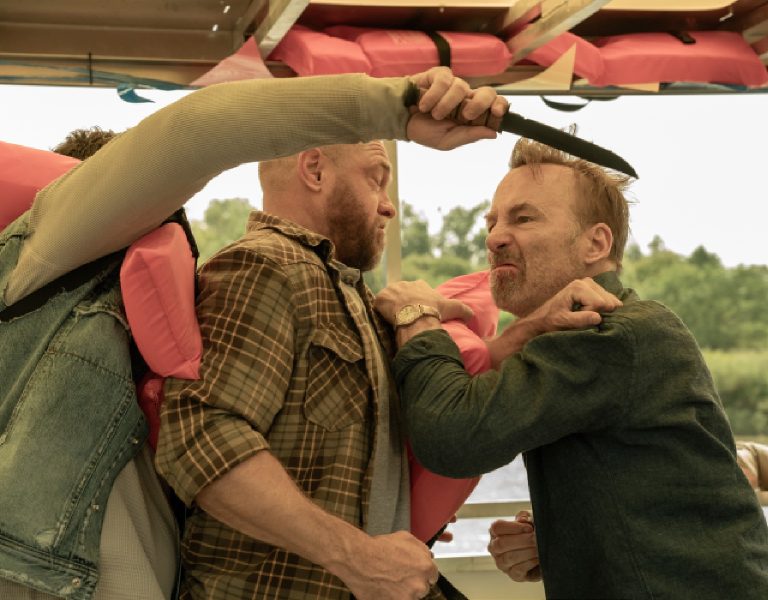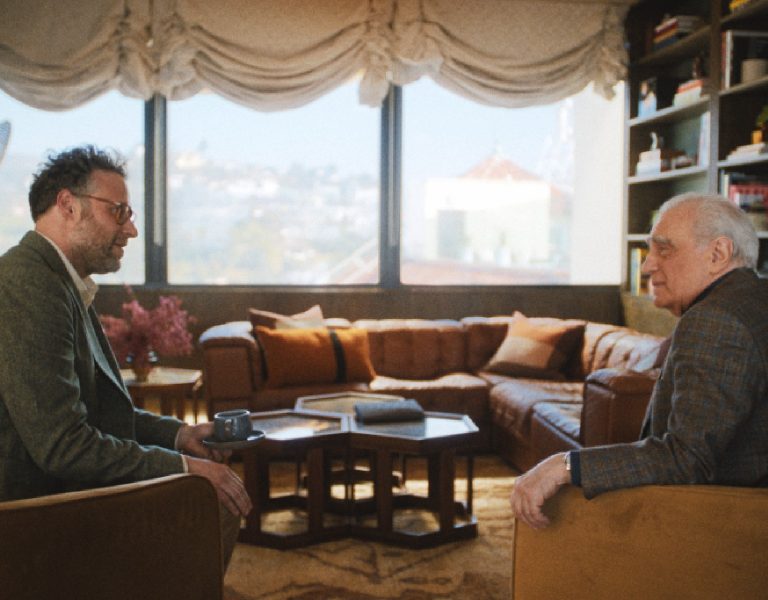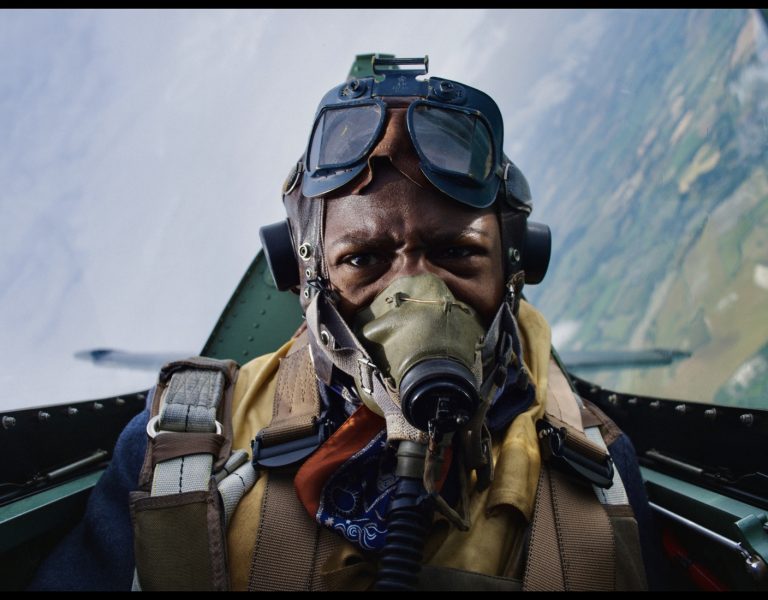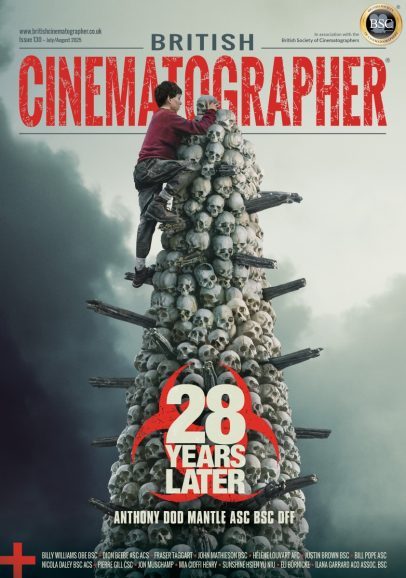Home » Features » Masterclass »
PUNCHING ABOVE THEIR WEIGHT
Sean Ellis BSC discusses how he delivered a theatrical experience on a small budget with Orlando Bloom boxing film The Cut.
During Christmas 2022 I was sent a very cinematic script from Mark Lane at Teashop. Written by Justin Bull, it was centred around a boxer trying to make the weight for a title fight. I had been looking to do a boxing film but wanted it to be different from all the other boxing films I’ve ever seen. And here it was, a boxing film with no boxing! A study of what an athlete is prepared to do just to get into the arena. It was original and harrowing in equal measures.
Art and commerce – balancing the vision with the budget
As with all projects, you are trying to marry a vision with a budget. This was a small $4 million budget and my biggest ask to the producers was, “Can we shoot on film?” Teashop had just come off a small indie film shoot with Robbie Ryan BSC ISC so they were used to the question and had figured out how to make it work.
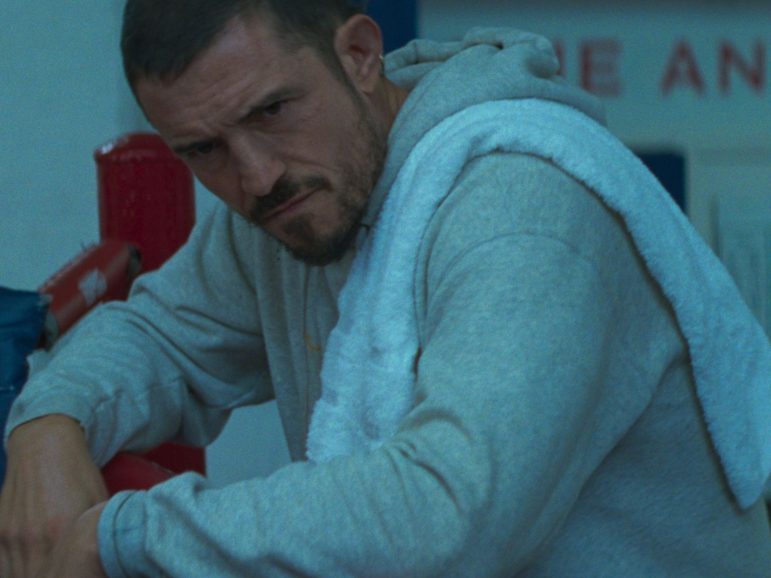
The next challenge was location. Most of the film takes place in a hotel room in Las Vegas. We didn’t have the budget to shoot a union film in the states so we opted for The Sheraton hotel at Heathrow to double for Vegas. They had everything we needed: a pool, a gym, hotel rooms and pretty much accommodation for the whole production for its 25-day shooting schedule. And that was our next biggest problem – the schedule! Orlando Bloom was playing the boxer. He had to lose all this weight. It meant he had to come to the shoot at his lightest weight and then put on weight during the 25 shoot days as it’s easier to put on weight than lose it. In the last scene of the film, Orlando’s character had to be at his lightest. This meant that we had to shoot the film in reverse chronological order. My AD team, headed by Freddie Hall, did a sterling job in executing such a complicated schedule.
Choosing to shoot film
Of the six films I have made, I have only ever shot one film on a digital camera. Film is my comfort zone. We had a young crew and they all appreciated the opportunity to shoot celluloid. The vibe on set is just different when you shoot film. People concentrate way more for a take as there is a discipline in shooting actual film. There are some bad habits that shooting digital brings; overshooting is where the director just keeps shooting without saying ‘cut’. This brings a state of fatigue to the actors and crew. I think this is the director’s version of overacting.
Another day in a hotel room!
Most of the film takes place in a hotel room with at least four or five actors performing at any one time. My big question was how do we keep this visually exciting? We had very little time to design complicated blocking techniques so I would run scenes with the actors and figure out the best way to shoot the scene. I found the best way to create movement was in the size of the actors within the frame. To achieve this quickly I used a Cooke 18-100mm zoom converted with a rear anamorphic adaptor. Placing the camera in the corner, I would slowly zoom throughout the scene. Then do the scene again but place the camera in the second corner of the room. The slow zoom from each of the four corners of the room helped create movement throughout a scene as well as always finding an interesting frame through the actors within the scene. The same zoom was also used in its original spherical design (without the anamorphic rear adapter) for the flashbacks that were shot on super 16mm. Dom Cheung, my 1st AC, did a brilliant job of doing some crazy focus pulls through multiple spilt diopters and controlling the contrast with the use of an ARRI Varicon, while my gaffer Vianney Kernanet designed morning, afternoon and evening lighting for the room as well as some coloured lighting designs that take over during the film’s more crazy drug-fuelled scenes.
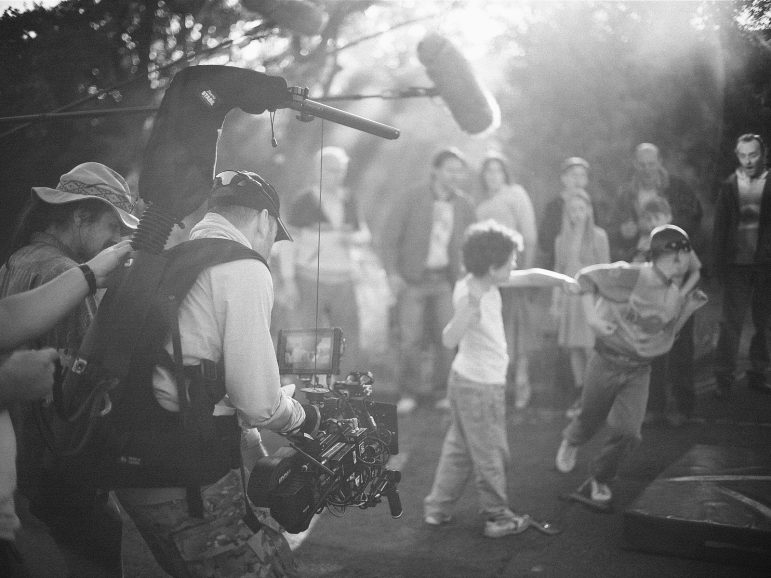
This is one of the real gifts of shooting on Kodak stock. The coloured lighting designs, especially green light, reproduces on film stock so beautifully. Generally we were on 500T (5219) and 200T (5213) with 50D (5203) for exteriors. The flashbacks within the film were shot on Super 16mm 50D (7203) with Cinelab UK handling process, dailies and scans for the grade by Brian Krijgsman at Fulwell 73.
In a day and age where budgets are falling and financing is becoming scarce, it’s important to understand how to operate a small footprint film and deliver something that still gives people a reason to seek it out as a theatrical experience.

